Did you know that companies can lose up to 25% of their resources every year due to inefficiency and poor utilization? This isn’t just a statistic—it’s a reality faced by many organizations that lack effective tools for performance management and continuous improvement.
This is where the DMAIC methodology, one of the core tools of Six Sigma, steps in. DMAIC is not only about cutting costs; it empowers organizations to maximize resource utilization, uncover hidden root causes, and transform waste into value.
Whether you’re a business leader aiming to increase profitability, or a quality professional seeking practical tools that go beyond routine checklists, DMAIC provides a structured roadmap to transform your organization into a truly competitive market player.
Saving Up to 25% in Your Operating Cost Is Just the Beginning
Saving up to 25% in operating costs is a powerful headline, but the true value of methodologies like Six Sigma and DMAIC runs far deeper than immediate financial gains.
At its core, this is not merely about cost reduction; it is the most powerful tool a business can employ to master resource utilization. Over time, inefficiencies compound silently. Data and statistics reveal a telling pattern: struggling companies often operate with resource utilization rates as low as 30-50%, meaning more than half of their potential is wasted. In stark contrast, industry leaders and consistently high-performing organizations achieve utilization rates of 80-95%.
This gap isn't a coincidence—it's a direct result of systematic operational excellence. Therefore, implementing a disciplined framework is not just important; it is critical for any business that aims to transition from poor performance to market leadership. It's the tool that transforms waste into value and potential into profit.
Bridging Quality Systems and Business Objectives with DMAIC
A robust quality system is only as effective as its ability to meet core business objectives. The DMAIC methodology serves as this crucial bridge, providing a structured framework that is fully compatible with existing systems like ISO 9001.
For the quality professional, this tool is indispensable. Those in charge of quality activities must be equipped with more than just checklists; they need powerful tools like DMAIC to move beyond superficial symptoms and uncover the root causes that remain hidden during routine operations.
Consider the difference:
-
Normal Quality Activities effectively catch routine issues—a shift in employee habits, a drop in performance due to seasonal weather changes, or immediate process deviations.
-
The DMAIC Methodology, however, empowers you to dive deep into the data. It transforms you from a problem-finder into a problem-solver, enabling you to systematically trace a problem back to its origin—wherever and whenever it exists. It reveals the interconnected "why" behind the "what," exposing systemic flaws, supply chain variabilities, or hidden process interactions that routine checks could never detect.
Ultimately, DMAIC shifts the quality function from a departmental requirement to a strategic asset, ensuring that the pursuit of quality is directly aligned with achieving key business goals like cost reduction, customer satisfaction, and market leadership.
How to Implement a DMAIC Cycle in Your Process
Launching a successful DMAIC project requires more than just understanding the five steps. Like any significant organizational initiative, it hinges on careful preparation and a foundation built on the right team dynamics.
Before a single data point is collected, certain prerequisite requirements must be met to ensure the program's effectiveness. The most critical of these is the formation of a dedicated team. It is essential to remember that DMAIC is, first and foremost, a human-driven framework. It leverages structured methodology to channel critical thinking, creativity, and collaborative problem-solving. Therefore, assembling the right team is not just a step; it is the single greatest factor determining the project's success.
A DMAIC team is not merely a group of people assigned to work together. It must be a carefully curated unit with specific characteristics. The absence of even one of these traits can introduce critical vulnerabilities that threaten the entire project's outcome.
These essential team characteristics include:
-
Clear Roles & Responsibilities: A designated Project Champion, Black Belt/Green Belt, and process stakeholders.
-
Cross-Functionality: Members from different departments (e.g., production, quality, sales, finance) to provide diverse perspectives.
-
Authority & Empowerment: The mandate from leadership to investigate processes, access data, and implement changes.
-
Excellent Communication Skills: The ability to debate respectfully and articulate problems clearly.
-
A Shared Commitment to the Goal: A unified focus on solving the problem.
The DMAIC Cycle: A Step-by-Step Roadmap
Once your cross-functional team is in place, you embark on the structured, five-phase DMAIC cycle. This roadmap guides you from vaguely understanding a problem to implementing a permanent, controlled solution.
1. Define (D)
-
Goal: Frame the problem and secure alignment.
-
Activities: Identify the problem, define scope and goals, map the process, understand the customer (VOC).
-
Output: A clear Project Charter.
2. Measure (M)
-
Goal: Establish a baseline for current performance.
-
Activities: Identify metrics, validate measurement systems, collect data.
-
Output: A data-backed baseline.
3. Analyze (A)
-
Goal: Identify the root cause of the problem.
-
Activities: Use statistical tools (Fishbone Diagrams, Pareto Charts) to verify the true root cause(s).
-
Output: Verified root cause(s).
4. Improve (I)
-
Goal: Develop, test, and implement a solution.
-
Activities: Brainstorm solutions, run pilot studies, create an implementation plan.
-
Output: A proven, implemented solution.
5. Control (C)
-
Goal: Sustain the gains and prevent backsliding.
-
Activities: Create control charts, update documentation, standardize the new procedure.
-
Output: A controlled, sustainable process.
This disciplined cycle transforms problem-solving from a guessing game into a rigorous, data-driven journey that delivers lasting results.
Ready to bridge the gap between your quality system and business leadership? Contact us at info@khtowat.net to learn how our experts can guide you through a successful DMAIC project.
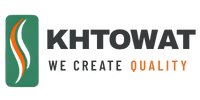
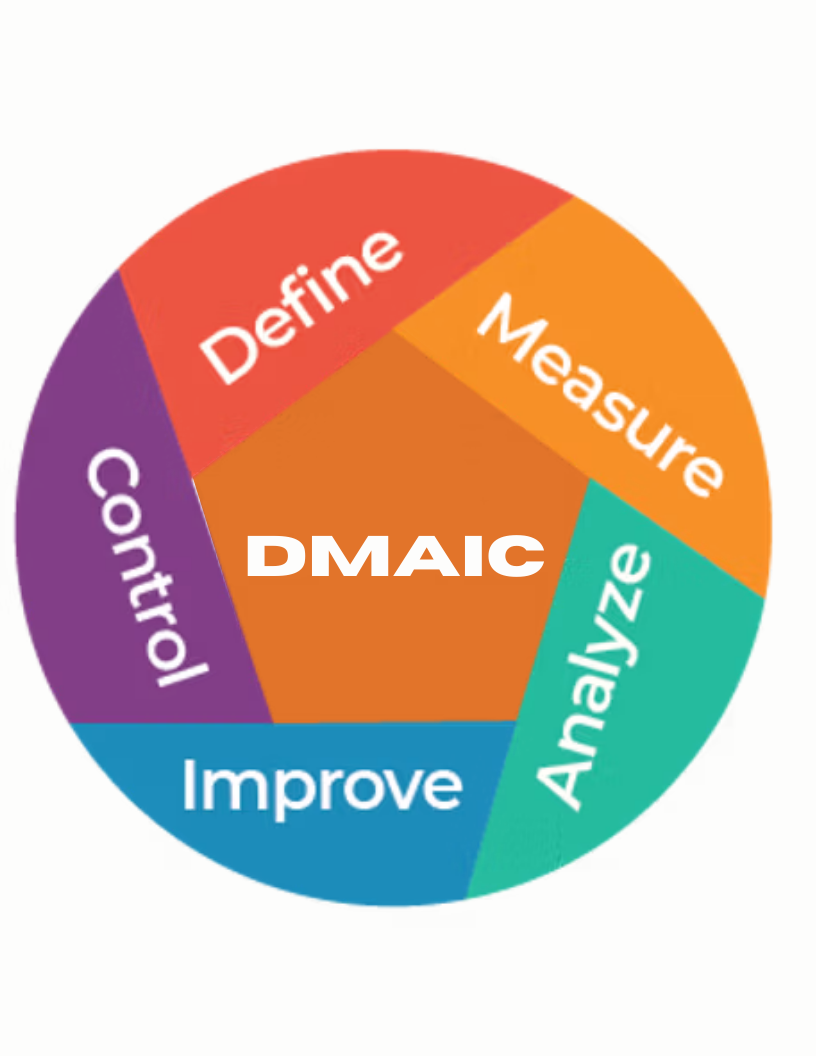
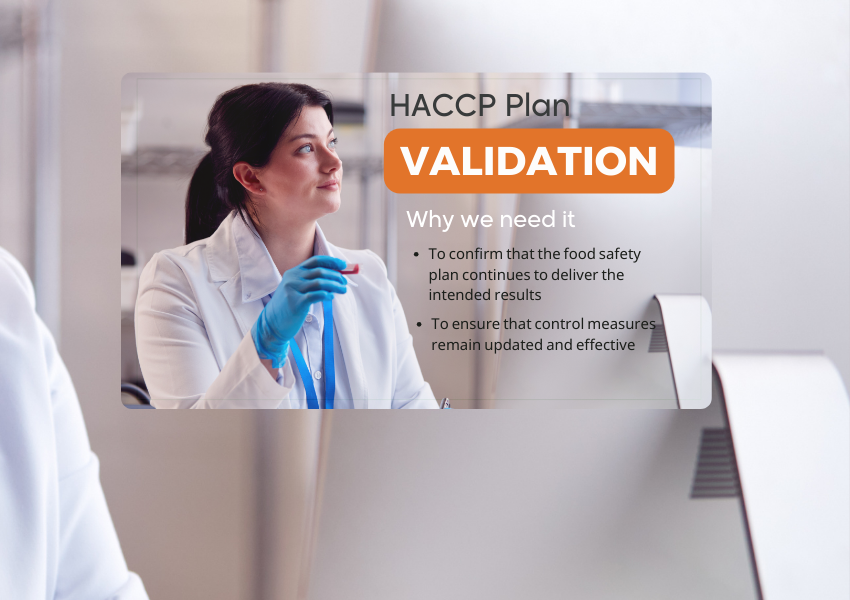
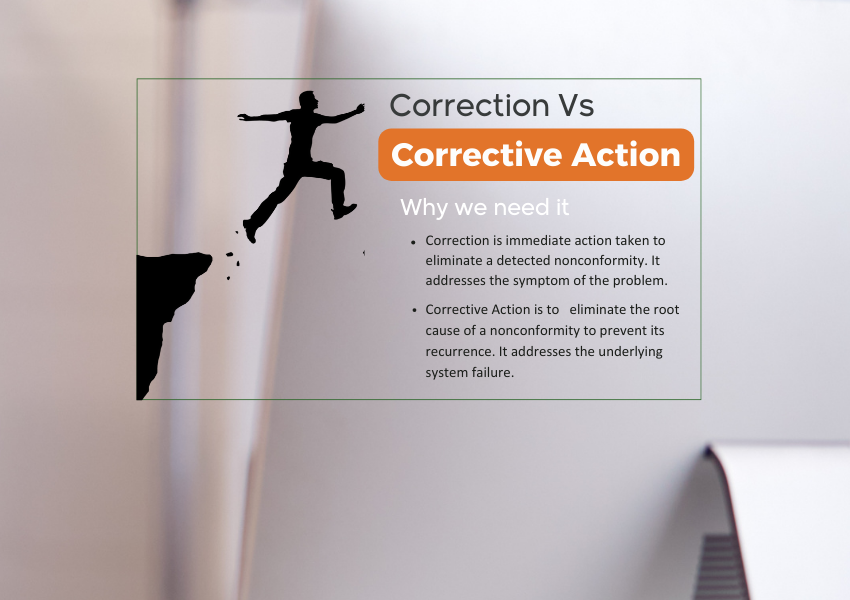




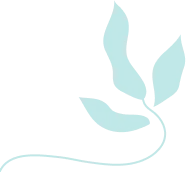

Leave a Comment